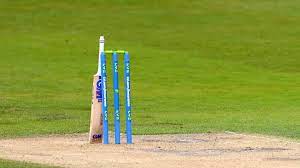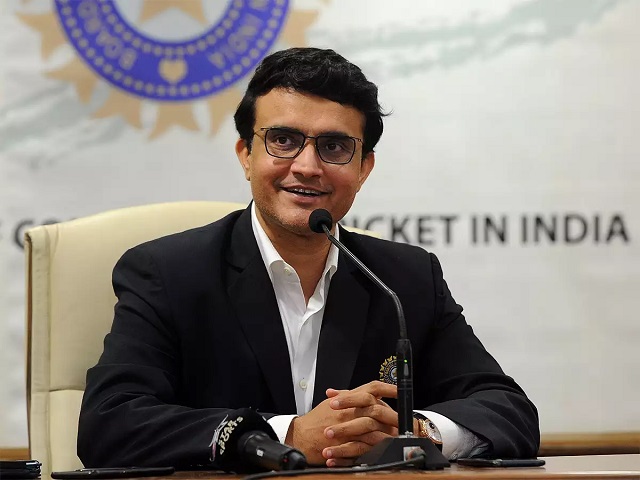Some serious ICC playing rule changes. The game of cricket has witnessed a lot of changes over the last 120 years. It probably is the most complex of all the sports. I do not think that any other sport can even come close to cricket when it comes to the myriad rules. Golf which is another cumbersome game is some distance away. Trying explaining cricket to someone in Europe or America or in Brazil. They just would not understand. You might spend considerable amount of time explaining the rules to them but in the end they will go away with a blank expression on their face. Why go that far? Even the fans of the game will find it really hard to understand certain rules.
Like the recent instance when a LBW decision against Rishabh Pant was overturned by the third umpire but the 4 runs, the ball went over the boundary, was not awarded to the team. Even the die-hard cricket fan learn new rules every other day. It is in light of this the game’s administrators have introduced new rules into the mix.
The administrators have decided to allow substitutes onto the cricket field. This is not the traditional substitutes whose only role is to field without any batting or bowling responsibility. This changed with the introduction of substitute if a player is ruled out of the game because of concussion. In the wake of the Philip Hughes tragedy, this was a welcome move. As was the decision to allow a substitute if a player is tested positive for Corona. However, the change the ICC is currently mulling and have even decided to introduce the change at the first class level is more drastic than they had ever introduced.
The ICC have allowed unqualified use of replacement players
“To better understand the implications of allowing players to be replaced during a match the definition of a First-Class Match will be changed to allow the unqualified use of replacement players.”
This essentially means that a team can bring onto the field of play whomever is required during that particular passage of play. If the wicket is turning, a spinner can be brought. If a batsman is seen to be struggling, he can be replaced with another batsman. Imagine a scenario. On the 5th day of the test and on the last session, a team is desperately trying to save the game and another team is desperately trying to win the game. The batting side is 7 down with only the bowlers left and suddenly the batting team decides to introduce 2 fresh batsman who are anyway better than the tailenders. The bowling side will feel cheated.
This is just one such scenario. They will be multiple scenarios when the rule is actually implemented.
Prithvi Shaw and Shubnam Gill
If this rule had been introduced in the recent India vs Australia series, Prithvi Shaw who was clearly a walking wicket, could have been replaced with Shubnam Gill right after the first innings. The ICC does not seem to have clarified whether there is a player limit to this rule. Whether only one player can be replaced or multiple players can be replaced? If that is not the case, it will lead to lot of hilarious situations. The entire playing eleven may end up being replaced with a new playing eleven.
The 11 who started the game may not necessarily complete the game. This rule change will mean that the captains are not always obliged to select the best possible eleven before the game. They will know that they can always introduced new players during the middle of the game. I will not welcome this change because it will only lead to lot of confusion and a feeling of betrayal.
No change in umpires call
This is one change the entire cricketing fraternity wanted removed but the ICC as usual decided not to remove this. They want to retain the human element in decision making.
“The Cricket Committee had an excellent discussion around Umpire’s Call and analysed its use extensively,” committee chairman Kumble said.
“The principle underpinning DRS was to correct clear errors in the game whilst ensuring the role of the umpire as the decision maker on the field of play was preserved, bearing in mind the element of prediction involved with the technology.
“Umpire’s Call allows that to happen, which is why it is important it remains.”
This is as ridiculous as it sounds. The day technology was introduced, umpires seized to be the main arbiters. Nowadays, all the umpires are happy to send the decision to the third umpire. Even checking for no-ball is now in the purview of the third umpire and what sort of decision maker is Kumble talking about? Even runout decision, even if the batsman is well short of the crease or well inside the crease, the decision is taken by the third umpire.
The umpires call rule itself is that ridiculous. The batsman is either out or not out. If the ball hits the stumps or the bails, the batsman is out. If the ball misses, then he is not out. It is as simple as that. It is utter nonsense to retain umpires call despite multiple instances of how absurd it is. The compromise that the ICC has offered is that now the Wicket Zone is extended all the way upto the top of the bails. Come on ICC. Make the game simpler. You are going the other way and making the game much more complicated even for the fans from cricket playing nations to understand.
Other rules
It wasn’t all gloom. There were a couple of good decisions too. The captain can ask the umpire whether he thinks the batsman played a shot before signalling for review. This will help in the reviewing team not losing a DRS review.
The other is the additional DRS review per innings in all formats.
Conclusion
It is time the ICC simplifies the rules and not complicate them even further. The BCCI have removed soft signal from this year’s IPL and they will probably remove soft signal as well.
Other reads
ICC ranking system is completely flawed 1



